The C# Major chord, often written as C# or Db Major, is a fundamental chord for guitarists across various musical genres. While it might not be the very first chord beginners learn, understanding and mastering the C# chord opens up a wealth of musical possibilities. This guide will explore the C# major chord in depth, covering essential theory, multiple ways to play it, and how to use it in your music.
Understanding the C# Major Chord
Before diving into shapes, let’s grasp some basic music theory behind the C# Major chord.
- Chord Composition: Like all major chords, the C# Major chord is a triad, meaning it’s built from three notes. These notes are the root, the major third, and the perfect fifth of the C# Major scale.
- Notes of the C# Major Chord: These notes are C#, E#, and G#. It’s worth noting that E# is enharmonically equivalent to F natural, and G# is enharmonically equivalent to Ab. However, within the context of the C# Major scale and chord, E# and G# are theoretically correct.
- Intervals: From the root note (C#), the intervals in a C# Major chord are: a Major 3rd (to E#), and a minor 3rd (from E# to G#), which combined form a Perfect 5th from the root (C# to G#).
- Scale and Key: The C# Major chord is the tonic (I) chord in the key of C# Major. Understanding its place in the key helps in composing and improvising music. The chords in the key of C# Major are C#, D#m, E#m, F#, G#, A#m, and B#dim.
Exploring 10 Ways to Play the C# Major Chord
Here are various shapes to play the C# Major chord, ranging from beginner-friendly to more advanced voicings.
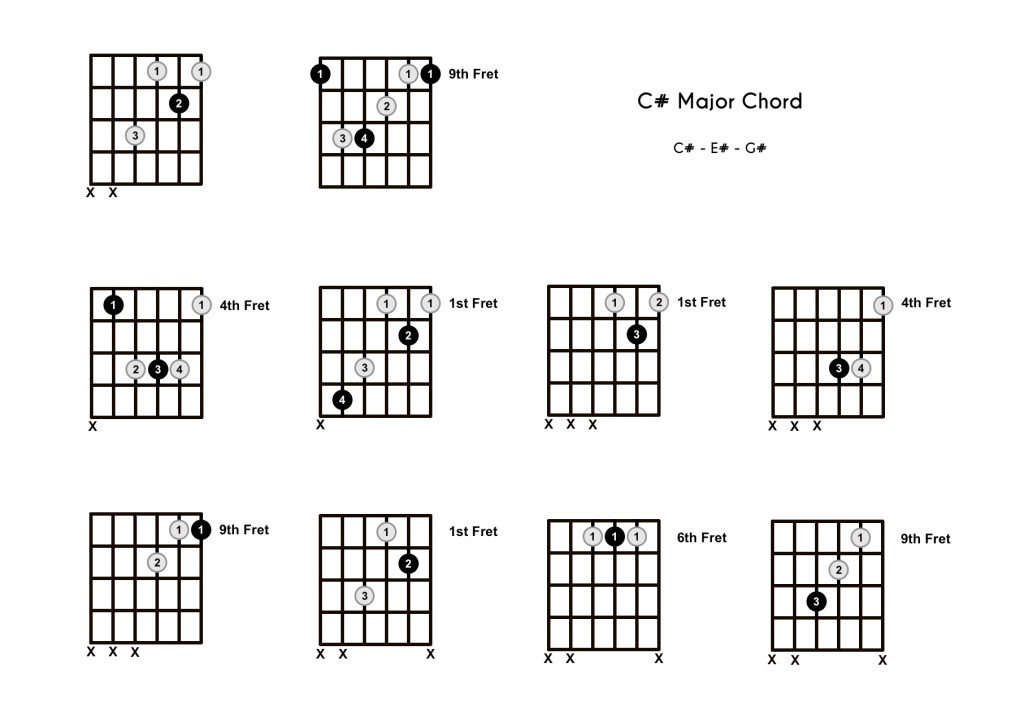 C# Major Chord – 10 Shapes
C# Major Chord – 10 Shapes
The Standard C# Major Chord Shape
This is often the first C# chord shape guitarists encounter. It’s a movable shape based on the E major barre chord form, positioned at the 4th fret. While technically a barre chord, often the index finger only frets the root note on the 5th string.
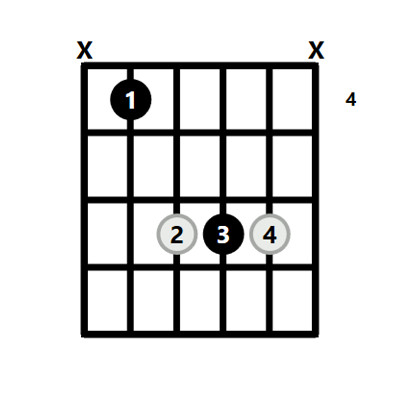 C Sharp Chord Guitar
C Sharp Chord Guitar
How to Play the Standard C# Major Chord:
- Index Finger: Place your index finger on the 4th fret of the 5th string (A string).
- Middle Finger: Place your middle finger on the 6th fret of the 4th string (D string).
- Ring Finger: Place your ring finger on the 6th fret of the 3rd string (G string).
- Pinky Finger: Place your pinky finger on the 6th fret of the 2nd string (B string).
- Strumming: Strum from the 5th string down to the 1st string, avoiding the 6th string (low E string).
This shape provides a full and resonant C# Major sound, making it suitable for many musical contexts.
The Easy C# Major Chord Shape
For beginners or situations where quick chord changes are needed, the easy C# chord shape is ideal. It uses only the top three strings and is based on a simplified D major shape moved down one fret.
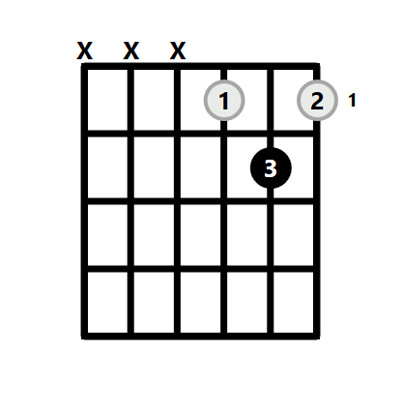 Easy C Sharp Chord Guitar
Easy C Sharp Chord Guitar
How to Play the Easy C# Major Chord:
- Index Finger: Place your index finger on the 4th fret of the 2nd string (B string).
- Middle Finger: Place your middle finger on the 5th fret of the 1st string (high E string).
- Ring Finger: Place your ring finger on the 5th fret of the 3rd string (G string).
- Strumming: Strum only the top three strings (G, B, and high E).
This simplified version is easier to finger and is great for practicing chord changes and rhythm guitar parts.
C# Major Barre Chord Shapes
Barre chords are essential for guitarists, allowing you to play chords all over the neck. The C# Major chord can be played as a barre chord in two primary positions:
- Root 5 Barre Chord Shape: Based on the A major barre chord shape, starting on the 4th fret with the root on the 5th string.
- Root 6 Barre Chord Shape: Based on the E major barre chord shape, starting on the 9th fret with the root on the 6th string.
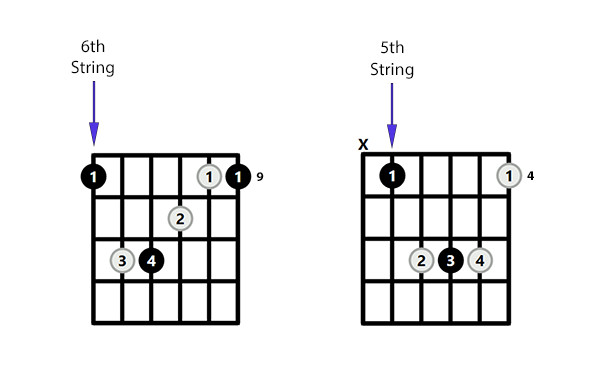 C Sharp Barre Chord Guitar
C Sharp Barre Chord Guitar
Root 5 Barre Chord (C#): Barre across the 4th fret with your index finger, and form an E major shape with your remaining fingers, starting from the 6th fret.
Root 6 Barre Chord (C#): Barre across the 9th fret with your index finger, and form an A major shape with your remaining fingers, starting from the 11th fret.
Barre chords provide powerful and versatile C# Major voicings and are crucial for playing in higher positions on the guitar neck.
C# Major Triad Shapes
Triads are three-note chords that are essential building blocks of harmony. Understanding C# Major triads and their inversions expands your chord vocabulary and can lead to interesting voicings. The three inversions are:
- Root Position: C# – E# – G#
- 1st Inversion: E# – G# – C#
- 2nd Inversion: G# – C# – E#
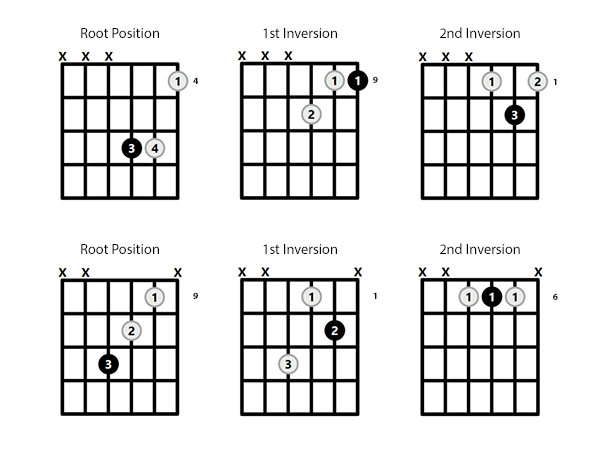 C Sharp Major Triad Guitar
C Sharp Major Triad Guitar
Exploring these triad shapes allows for lighter, more melodic C# Major sounds, especially useful in lead guitar playing or fingerstyle arrangements.
C# Major Chord in Musical Keys
Knowing which keys contain the C# Major chord helps you understand its harmonic function and use it effectively in songwriting and improvisation. The C# chord naturally appears in:
- C# Major: As the tonic (I) chord.
- G# Major: As the subdominant (IV) chord.
- F# Major: As the dominant (V) chord.
- A# minor: As the relative major (III) chord.
- D# minor: As the subtonic (VII) chord (in harmonic minor).
Understanding these key relationships allows you to place the C# chord within chord progressions and musical contexts effectively.
C# Chord Substitutions and Variations
To add color and interest to your playing, you can explore substituting the C# Major chord with related chords:
- C#sus4, C#sus2: Suspended chords create a less resolved, more open sound, offering a variation on the major chord.
- C#add9: Adding the 9th adds a jazzy, richer quality to the C# Major chord.
- C# Major 7, C#7: These extended chords provide more complex harmonic flavors and are used in genres like jazz and blues.
Experimenting with these substitutions can enhance your chord progressions and create more dynamic and interesting musical textures.
Scales for Soloing Over the C# Major Chord
When improvising or writing melodies over a C# Major chord, certain scales work particularly well:
- C# Major Pentatonic Scale: A fundamental scale for melodic improvisation, creating a major tonality.
- C# Major Scale (Ionian Mode): The most natural choice, directly reflecting the C# Major tonality.
- C# Mixolydian Mode: For a bluesier or dominant sound, useful in blues-rock or funk contexts.
Practicing these scales over the C# Major chord will help you develop your soloing and melodic phrasing skills.
Conclusion
Mastering the guitar C# Major chord involves understanding its theory, practicing various shapes, and exploring its use in different musical contexts. From beginner-friendly easy shapes to powerful barre chords and melodic triads, the C# chord offers a wide range of sonic possibilities. By incorporating these techniques and exploring substitutions and scales, you can confidently and creatively use the C# Major chord in your guitar playing journey.
Further Reading
[
